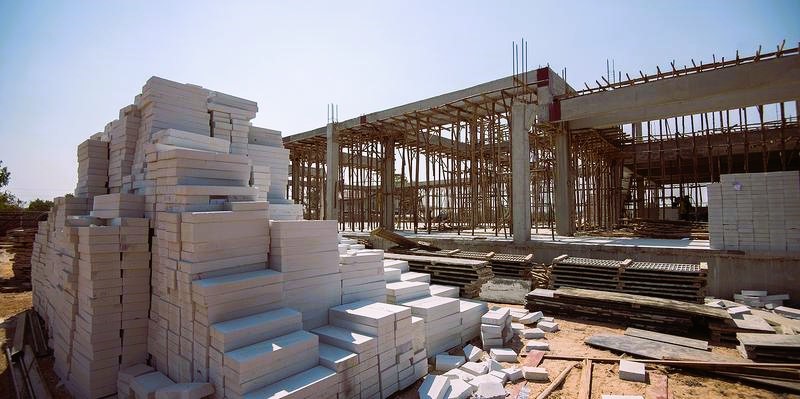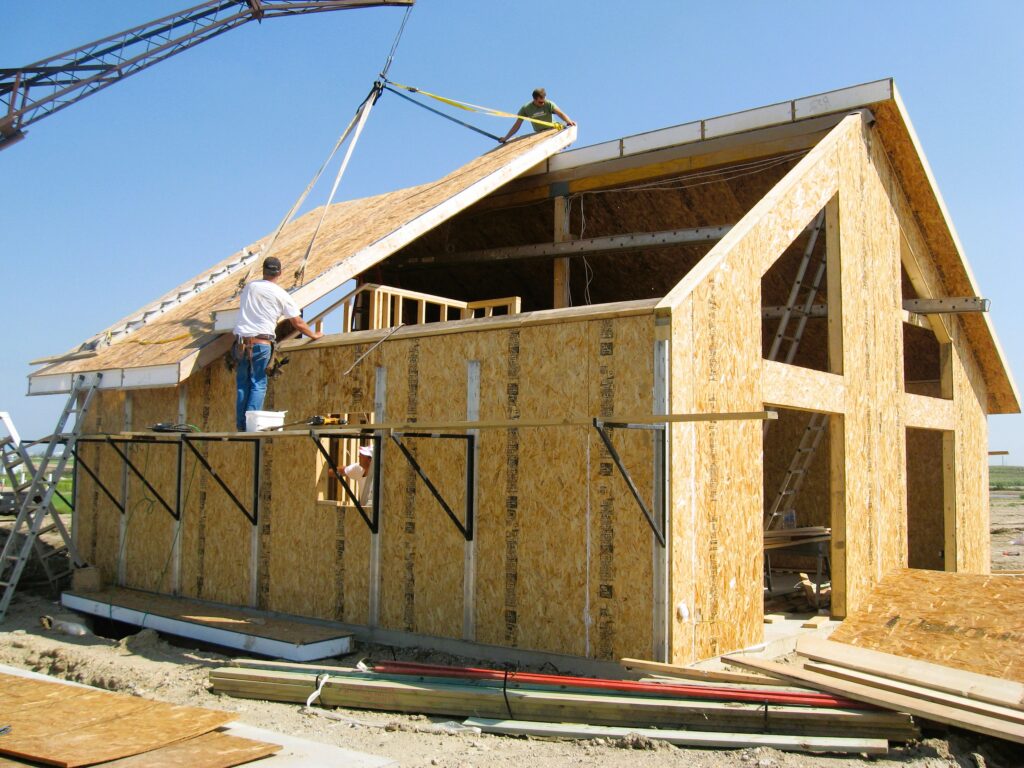Canada’s construction industry has seen significant advancements in recent years, particularly in the area of innovative building materials. These materials not only enhance the efficiency of construction but also contribute to sustainability and durability. In this article, we will explore some of the innovative building materials being used in Canada, how they are transforming the construction landscape, and where to find more information.
The Importance of Innovation in Construction
Innovation in construction materials is crucial for several reasons:
- Sustainability: Many innovative materials are eco-friendly, helping reduce the environmental impact of construction.
- Energy Efficiency: These materials often improve the energy efficiency of buildings, reducing long-term operating costs.
- Durability: Innovative materials can lead to more durable and longer-lasting structures, reducing maintenance and replacement costs.
- Safety: Some materials enhance the safety of buildings, protecting occupants from fire, earthquakes, and other hazards.
- Aesthetics: Innovative materials offer architects and designers new possibilities for creating visually appealing structures.
Innovative Building Materials

1. Cross-Laminated Timber (CLT)
Cross-laminated timber, or CLT, is a sustainable and versatile building material. It consists of layers of timber boards glued together in perpendicular directions, creating a strong and stable panel. CLT is increasingly being used in Canada for both residential and commercial construction due to its strength, sustainability, and aesthetic appeal.
2. Insulated Concrete Forms (ICFs)
Insulated Concrete Forms, or ICFs, are a modern construction material used in the creation of energy-efficient and well-insulated buildings. ICFs are made of foam blocks or panels that are stacked together to form the shape of a building’s walls. Concrete is then poured into the forms, providing strength and thermal insulation.
3. Fiber Reinforced Polymers (FRPs)
Fiber-reinforced polymers, or FRPs, are composite materials made of a polymer matrix reinforced with fibers such as glass, carbon, or aramid. In construction, FRPs are used for strengthening and retrofitting existing structures, especially in seismic-prone regions. They offer high strength-to-weight ratios and corrosion resistance. An overview of the construction of passive houses in Canada is in our article.
4. Smart Glass
Smart glass, also known as switchable or dynamic glass, is a high-tech material that can change its properties based on external conditions. It can switch between being transparent and opaque, offering privacy and sun control. Smart glass is used in windows and facades to enhance energy efficiency and occupant comfort.
5. Bamboo
Bamboo is a sustainable and rapidly renewable material that is gaining popularity in Canada for various construction applications. It’s used for flooring, cabinetry, and even structural elements. Bamboo’s strength and versatility make it an excellent choice for eco-conscious builders.
6. High-Performance Concrete

High-performance concrete (HPC) is engineered to have exceptional strength, durability, and workability. It is used in infrastructure projects, bridges, and high-rise buildings in Canada to enhance structural integrity and reduce maintenance costs.
Where to Find More Information
For in-depth information on innovative building materials and their applications in Canada, you can refer to the official website of the Government of Canada.
Conclusion
Innovative building materials are revolutionizing the construction industry in Canada, offering sustainability, energy efficiency, and durability. As the demand for eco-friendly and high-performance buildings continues to grow, these materials will play an increasingly significant role in shaping the country’s architectural landscape. Whether you’re a builder, architect, or homeowner, staying informed about these materials can lead to better construction practices and more efficient, sustainable, and resilient buildings across Canada.
